Our Research
THE KY NSF EPSCoR MISSION
In 1979, congress directed the National Science Foundation to form what would become the Established Program to Stimulate Competitive Research, funding innovation across the country. This was in response to a concern – that the U.S. was excluding the scientific contributions of researchers in many states – including Kentucky – and leaving both the researchers and students behind. Since 1986, Kentucky NSF EPSCoR has stewarded these federal funds with great care and become a catalyst for stimulating the development of a strong and sustainable Commonwealth research community.
Kentucky’s Established Program to Stimulate Competitive Research (KY NSF EPSCoR) works in collaboration with the National Science Foundation (NSF), to strengthen research and education in science and engineering.
To learn more about NSF EPSCoR on a national level, please visit: https://www.nsf.gov/od/oia/programs/epscor/
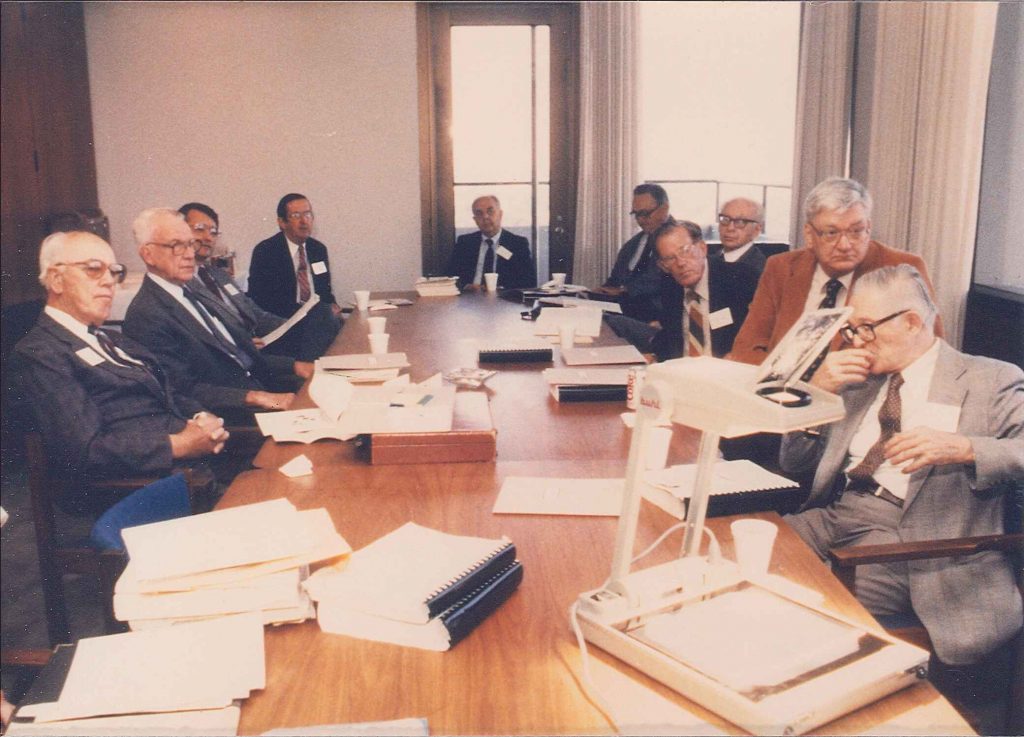
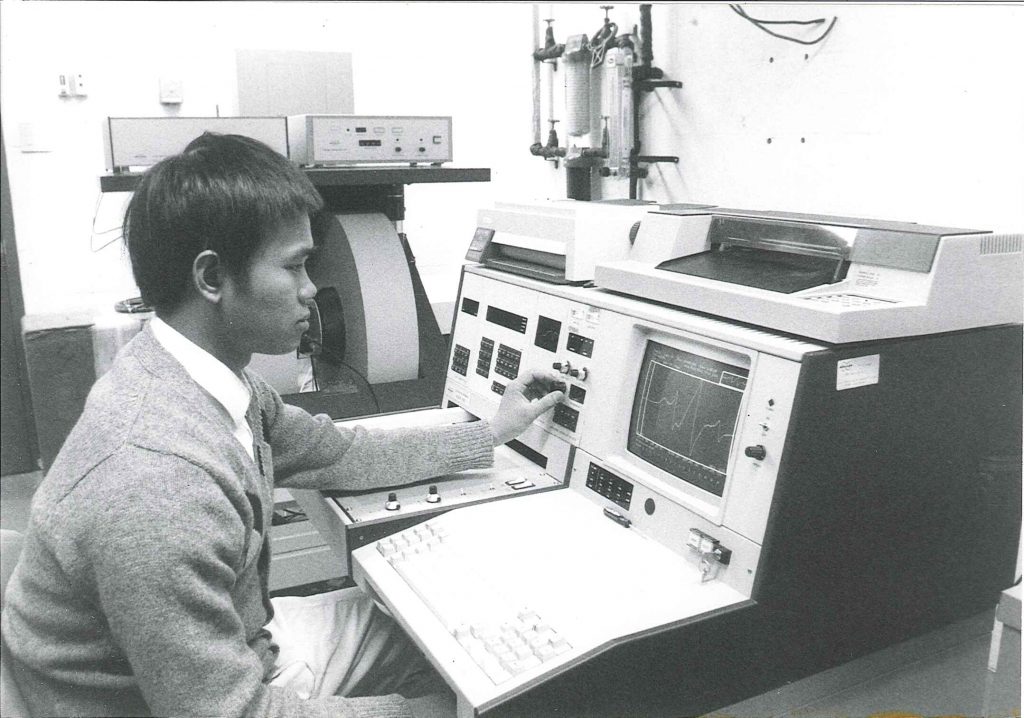

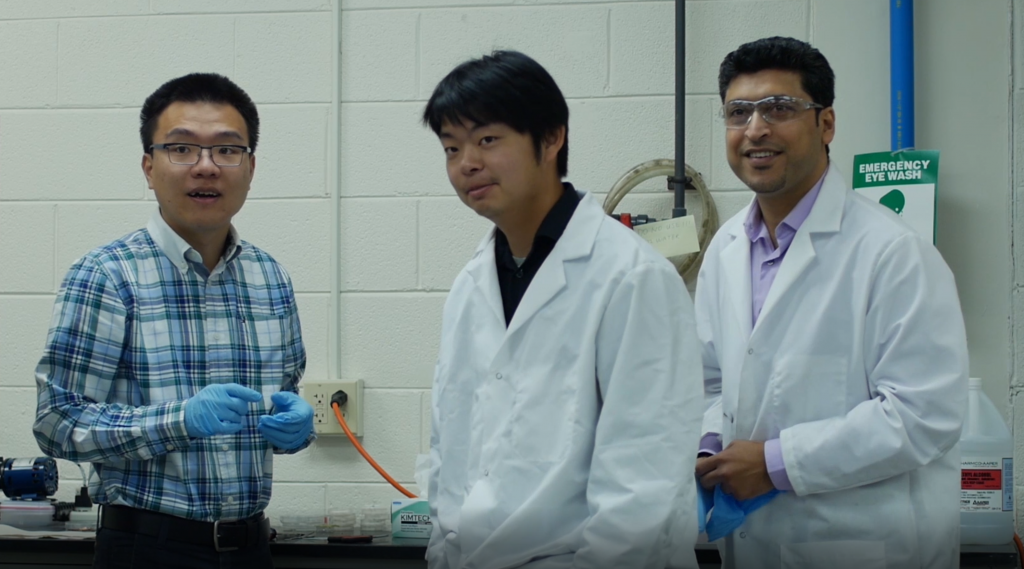
CURRENT PROJECT
KENTUCKY ADVANCED MANUFACTURING PARTNERSHIP FOR ENHANCED ROBOTICS & STRUCTURES (2019 - 2024)
Manufacturing has fueled the economic success of Kentucky for over two centuries, and a new collaborative partnership will help position the Commonwealth for even more success in the years to come.
The Kentucky National Science Foundation’s (NSF) EPSCoR, or Established Program to Stimulate Competitive Research, has awarded the University of Kentucky, the University of Louisville and six other institutions across the state a five-year, $24 million grant to support the fundamental science needed to advance next generation manufacturing technologies, flexible electronics and robotics. The grant will also support the development of a greater STEM-literate workforce.
“This cooperative project will help bolster Kentucky’s economy, create jobs and put the Commonwealth at the forefront of automation and human-machine interaction,” said UofL president Neeli Bendapudi and UK president Eli Capilouto, in a joint statement. “Kentucky is at its best when our brightest minds are working together to answer our toughest questions. We are dreaming boldly, so that we might achieve greatly, and we can’t wait to see what this group will accomplish.”

The project, titled the Kentucky Advanced Partnership for Enhanced Robotics and Structures (or KAMPERS), will harness the collective research power of 40 multidisciplinary researchers from the eight Kentucky universities and colleges, which include UK, UofL, Eastern Kentucky University (EKU), Kentucky State University (KSU), Morehead State University (MSU), Somerset Community College, Transylvania University (TU) and Western Kentucky University (WKU). Each of these institutions has developed niche areas of expertise to become leaders in next-generation manufacturing technologies.
The research results will have applications in the construction of components for robotic and autonomous systems in areas as diverse as elder care, home service, health care, education and other collaborative human-robot interactions.
“This (grant) pulls people together and allows Kentucky to jump into a leadership position — that doesn’t exist without this investment,” said Seth DeBolt, professor in the UK Department of Horticulture and co-investigator on the project. “We’ve got UK, the flagship, land-grant university; we’ve got a dynamic metro university, UofL; we have regional universities throughout the state; and we have a really good community and technical college system. We’re partnering with every one of those institutions in this effort and that’s what’s really incredible about this, because we have to build intellectual infrastructure that’s going to last generations.”
KAMPERS will hire, educate and mentor eight new faculty, and an average of five post docs and 28 graduate students per year. It will also offer opportunities for undergraduate researchers, creating a ripple effect of experience throughout the state and country.
The grant also aims to increase underrepresented minorities in these fields, including African Americans, Hispanics and women.

“It’s important that we don’t leave out parts of our talent pool,” said Rodney Andrews, director of Kentucky NSF EPSCoR, UK professor of chemical engineering and principal investigator of the project. “(That includes) underrepresented minority students; it may be first-generation students from Appalachia; or it may be students that are at the comprehensive universities who have a strong interest in doing research and contributing to a program like this.”
These efforts will be led by Czarena Crofcheck, a UK biosystems and agricultural engineering professor, who is serving as co-investigator for education and workforce development on the project.
“We have funding opportunities, so we invite proposals for a variety of things, including education outreach events, whether they’re for girls in STEM, or underrepresented minorities at the K-12 level,” Crofcheck said. “We also have funding available to support undergraduates who want to do internships, as well as research experiences that are tied to advanced manufacturing.”
Research for the KAMPERS project will fall into three categories: materials, device configuration and systems. Co-investigators of research include DeBolt, UK C.W. Hammond Professor of Chemistry John Anthony and UofL electrical and computer engineering Professor Dan O. Popa. Popa and his team are working in all three research areas, with a special emphasis on collaborative robotics.
“As we introduce more robots in the manufacturing environment, they have to be more intelligent and they have to be chaperoned and taught by the workers — in a way that doesn’t take jobs but creates more opportunities,” Popa said. “The idea would be for robots and people to work together. Robots to use their strength, for instance, or the precision, and humans to use what they’re better at, which is intelligence, decision-making capabilities and so on. How do they interface with one another? How can the two essentially learn to collaborate and more effectively get something done?”
Anthony’s team has an interest in hybridizing the printed electronic process with the 3D printing process.
“You could incorporate electronics within the structure of whatever it is you’re printing, whether it’s the skin of a drone or a prosthetic arm,” Anthony said. “That would allow you to incorporate things like sensing, logic and communication directly within the structure. And the user can decide exactly what configuration and conformation they want — you just plug and play, the same way you do with 3D printing, but with an electronic component. We can put electronics anywhere this way.”
These examples of advanced manufacturing research will be at the core of the KAMPERS project over the next five years — something Andrews says will place Kentucky at a much higher level of competitiveness.

“This is really not a five-year research project — it’s an investment over five years to carry on through the future,” Andrews said. “With this, we’re training students for those jobs of the future, to give them the opportunity here, in this state, to grow these new types of manufacturing and materials and systems, so that we can expand the state’s economy and have a real and significant impact on the state.”
EPSCoR will fund $20 million, while $2.5 million comes from matching dollars from the Cabinet of Economic Development. An additional $1.5 million in commitments come from the institutions themselves.
Working in collaboration with the National Science Foundation (NSF), Kentucky’s NSF EPSCoR assists to strengthen research and education in science and engineering. The vision of the KY NSF EPSCoR is to advance, encourage and develop long term improvements in scientific discovery, innovation and education throughout the Commonwealth.
KY NSF EPSCoR endeavors to build the national research competitiveness of Kentucky researchers and students in science, technology, engineering and math (STEM) disciplines.

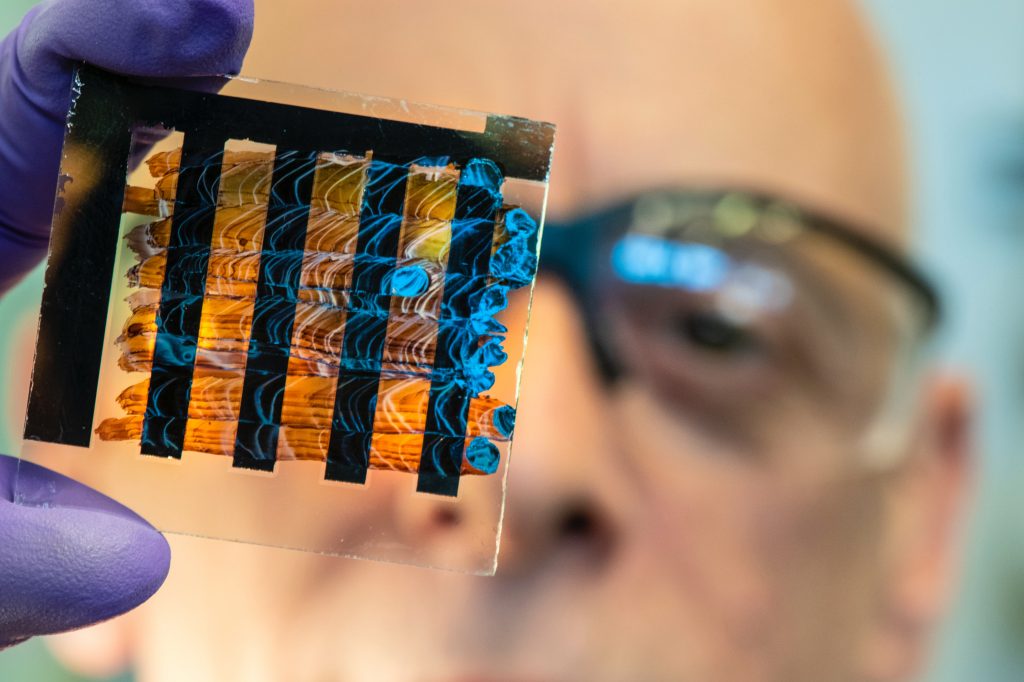
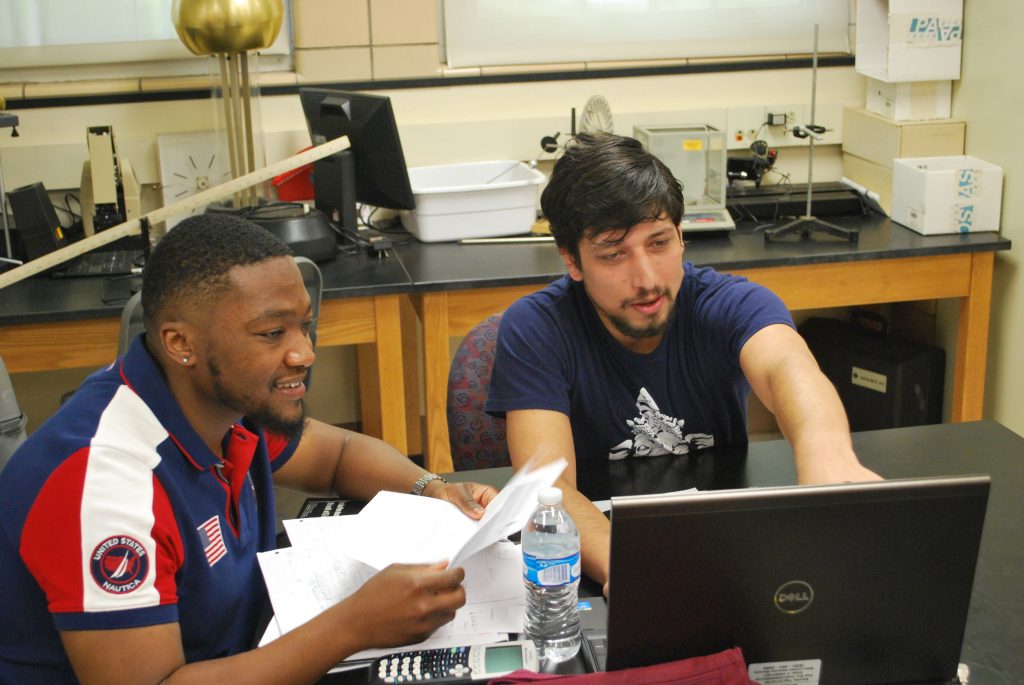
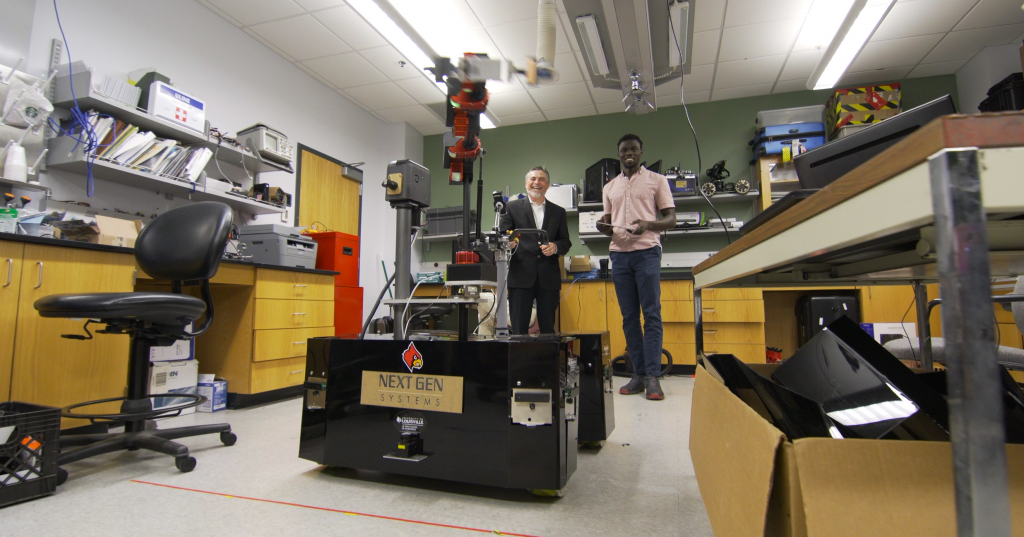
the Four research thrusts
We propose to embed sensing, logic, and communication capabilities into structural materials with the goal of developing light, compact, intelligent, responsive components for electronically enhanced robotics and structures, increasing safety and productivity in the home and workplace. It bridges three fundamental knowledge gaps for human-technology partnerships:
We seek to create new biodegradable, structural polymers, fibers, and resins for implementation into functional design like 3D printing; fully assess electronic, sensing, thermal, and structural properties of materials
We seek to develop electronically enabled devices with integrated sensors, logic, power generation and storage, and reliable means of feedback to human operators supporting assistive and decision-making processes
We seek to advance complex software to facilitate both autonomous activity and interactions with human operators.
These goals are the foundation for project implementation. Researchers across Kentucky are responsible for four research thrusts (below). If you would like to see a list of our researchers, students, and faculty and which thrust they belong to, please visit our research team page.
NEXT-GEN CONDUCTIVE MATERIALS
We develop the materials and fabrication processes needed to embed electronic function into structural components. We explore these by using new device configurations, optimizing power generation and storage within the objects, and through synthetic biology – producing new, sustainable, chemical building blocks with programmable lifetimes that could reduce the generation of electronic waste.3D-PRINTED EMBEDDED SENSORS
We integrate sensing, logic, and communication into the structures using 3D printing and related techniques. We create the printing environment for structurally integrated electronics, including approaches to interconnected devices, data input and output. These could be applied to consumer products like sensors, clothing, industrial machinery, medical devices, or even new inventions guided by the marketplace.HUMAN-MACHINE INTERFACES
We utilize the extensive sensor data from thrusts one and two and develop software to maximize the impact of sensing capabilities and bring collaborative Human-Machine Interfaces to the level needed for advanced manufacturing and health care applications. We monitor, model, understand, and design human-in-the-loop robotic systems.PROTOTYPING ROBOTIC SYSTEMS
Finally, we take the feedback from the three other thrusts and test prototype enhanced robotic systems in manufacturing environments. We go to the real world and examine co-robotic part manipulation and assembly, manufacturing of MEMS devices, and machine shop environments. Prototyping is essential to optimizing and enhancing thrusts 1-3.
TRACk 2, 3 & 4 Projects
There are numerous other research projects funded by NSF across the commonwealth. Below is a list of the Track 2, 3, and 4 projects:
RII Track 4: Understanding Defect Chemistry in Sodium Chalcogenide Superionic Conductors by Advanced Neutron Technology
Award Number:2033397; Principal Investigator: Hui Wang; Co-Principal Investigator; Organization: University of Louisville Research Foundation Inc; NSF Organization: OIA Start Date:12/15/2020; Award Amount: $252,491.00; Relevance: 48.0;
RII Track-4: Liquid Xenon Time Projection Chamber R&D on the Large Xenon Test Stand at LLNL
Award Number:2034659; Principal Investigator: Ryan MacLellan; Co-Principal Investigator; Organization: University of Kentucky Research Foundation; NSF Organization: OIA Start Date:01/01/2020; Award Amount: $131,507.00; Relevance: 48.0;
RII Track-1: Kentucky Advanced Manufacturing Partnership for Enhanced Robotics and Structures
Award Number:1849213; Principal Investigator: Rodney Andrews; Co-Principal Investigator:John Anthony, Czarena Crofcheck, Dan Popa, Seth DeBolt; Organization: University Amount: $12,133,649.00; Relevance: 48.0;of Kentucky Research Foundation; NSF Organization: OIA Start Date: 07/01/2019; Award
RII Track-4: Elucidating controls of sediment phosphorus delivery to tile-drains
Award Number:2032701; Principal Investigator: William Ford; Co-Principal Investigator:; Organization: University of Kentucky Foundation; NSF Organization: OIA Start Date:01/01/2021; A ward Amount: $226,757.00; Relevance: 48.0;
RII Track-4: Elucidating Enzyme-Ionic Liquid Interactions to Enable Effective Lignin Valorization
Award Number:1929122; Principal Investigator: Jian Shi; Co-Principal Investigator:; Organization: University of Kentucky Research Foundation; NSF Organization: OIA Start Date:12/01/2019; Award Amount: $207,562.00; Relevance:48.0;
RII Track-2 FEC: Data-Enabled Discovery and Design to Transform Liquid-Based Energy Storage (D3TaLES)
Award Number:2019574; Principal Investigator: Chad Risko; Co-Principal Investigator: Sara Mason, Scott Shaw, Baskar Ganapathysubramanian, Susan Odom; Organization: University of Kentucky Research Foundation; NSF Organization: OIA Start Date:09/01/2020; Award Amount: $1,989,220.00; Relevance: 48.0;
RII Track-4: Applying Transient Reflectance Spectroscopy to Decipher the Impact of Energetics and Electronic Coupling on Interfacial Recombination in Hybrid Halide Perovskites
Award Number:1929131; Principal Investigator: Kenneth Graham; Co-Principal Investigator; Organization: University of Kentucky Research Foundation; NSF Organization: OIA Start Date:02/15/2020; Award Amount: $179,150.00; Relevance: 48.0;
RII Track-2 FEC: A Multiscale, Multiphysics Modeling Framework for Genome-to Phenome Mapping via Intermediate Phenotypes
Award Number:1826715; Principal Investigator: Seth DeBolt; Co-Principal Investigator: Daniel Robertson, Armando McDonald, Christopher McMahan, Rajandeep Sekhon; Organization: University of Kentucky Research Foundation; NSF Organization: OIA Start Date:08/15/2018; Award Amount: $5,999,995.00; Relevance: 48.0;
RII Track 4: Development of Rigorous Techniques to Detect Polar Pesticides at Low Concentrations
Award Number:2032938; Principal Investigator: Shakira Hobbs; Co-Principal Investigator; Organization: University of Kentucky Research Foundation; NSF Organization: OIA Start Date:01/01/2021; Award Amount: $258,545.00; Relevance: 48.0;
RII Track-2 FEC: Sensing and Educating the Nexus to Sustain Ecosystems (SENSE). A Kentucky-West Virginia Partnership
Award Number:1632888; Principal Investigator: David White; Co-Principal Investigators: Susan Hendricks, James Fox, Bill Ford, Mindy Armstead; Organization: Murray State University; NSF Organization: OIA Start Date:09/01/2016. Award Amount: $3,837,645.00; Relevance: 48.0;
